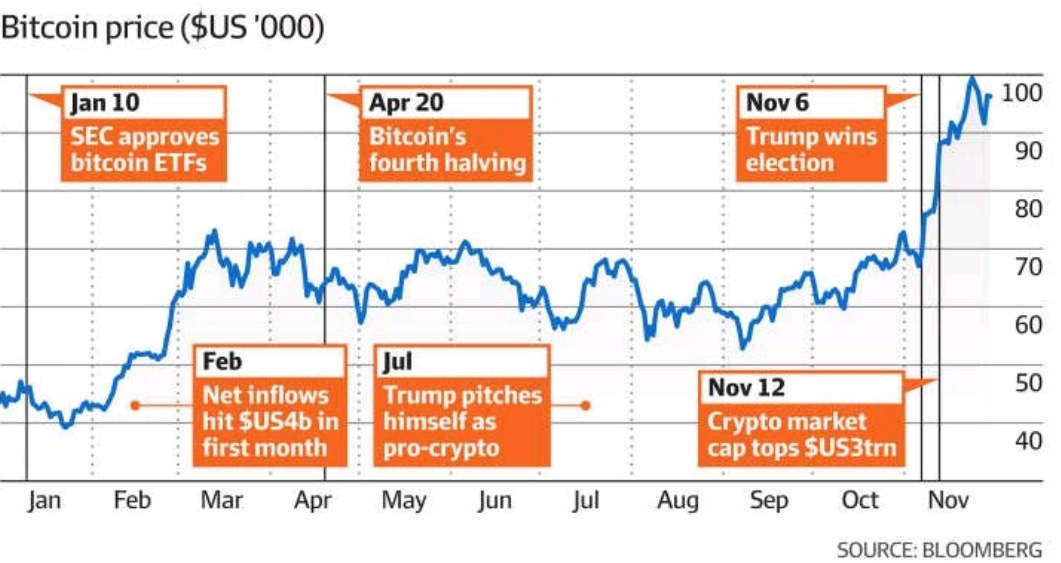This week, I will revisit the ongoing debate concerning the suitability of a federal system for governing Somalia. This topic was a significant focus of my research during my graduate studies at Melbourne University Law School. Notably, on 13 June 2018, the Constitution Transformation Network (ConTransNet) at Melbourne University Law School hosted the First Somali Constitution Forum. In this forum, I leveraged ConTransNet's extensive expertise in comparative constitutional law, particularly in three areas: (1) federalism, with an emphasis on power division and resource-sharing options; (2) natural resource management within federal systems; and (3) institutional structures of government in federal systems.
I hope the views expressed by the Melbourne university law school constitution experts will help and positively contribute to the ongoing debate on this issue in Somalia. I would also to thank Professor Cheryl Saunders an expert in comparative constitutional law and Professor Michael Crommelin, former Dean of Melbourne Law School and expert federalism and natural resource management, and the Law school staff for their time, hospitality and support in these events.
The videos below are from the events (Somali constitution) mentioned above. Anyone interested in the full presentation, please DM and I will share them with you. Apologies for the way the videos were edited, its limitation of my video editing skill and the available storage capacity.
Introduction….
Day 1…
Day 2 .. Professor Michael Crommelin, former Dean of Melbourne Law School and expert federalism and natural resource management.
And finally after a long day… summing up and good byes
Many years later…
During the 4th Annual Somali-Australian Research & Community Symposium: Digital Somalia Re-imagined in globalized Citizenship. Again I have invited Prof Cheryl Saunders (see https://law.unimelb.edu.au/about/staff/cheryl-saunders), founding Director of the Centre for Comparative Constitutional Studies of Melbourne University Law school to comment on the the Somali Federal system, see clip below.
Additionally this week, I will briefly comment on the recent developments in cryptocurrency, specifically Bitcoin, which has surpassed the $100,000 mark amidst a post-election rally. As I have articulated in earlier posts and other platforms, my position on cryptocurrencies remains consistent. Milford Bateman succinctly captures this perspective, describing Bitcoin as "probably the largest Ponzi scheme in history," designed to exploit the less privileged or "greater fools." This view, which I continue to endorse, highlights the inherent risks and inequities associated with cryptocurrencies. More in upcoming posts, stay tuned.
For now, I will leave the crypto discussion here and if it still piques your interest, see my earlier posts here, here and here.
Finally many of you emailed me, though I would prefer if you comment on the post so that all can read your comments, queries and this will enable all to read, comment further, etc. to widen the circle so to speak.
The main issue many of you wrote to me about was my comment on the US Dollar and its future in global trade. I will answer it this way: As In 1972, Chinese premier Zhou Enlai was asked about the impact of the French Revolution. “Too early to say,” he replied. Given that the French Revolution of 1789 had occurred nearly 200 years before, Zhou Enlai was expressing the long view of history in a very witty and Oscar Wildean way.
But the following might give you a hint of my position (and I am quoting Franklin Noll verbatim). Believe it or not, the current size of US banknotes is a direct result of the Spanish-American War of 1898. After the war, the US gained possession of the Philippine Islands. When it did so, the US took over managing the economic system of the country through the Bureau of Insular Affairs, part of the War Department. Part of this management included printing banknotes, silver Peso notes, starting in 1903. (See the 2 Peso note image below.)
These notes were printed by the US in a smaller size than the US banknotes of the time to differentiate them better and to lower production costs. While the size of US notes in 1903 allowed only 8 subjects on a plate, the smaller Peso notes allowed for 12 on a plate, increasing productivity.
This idea of smaller notes and higher productivity caught on in the US Treasury for application to US dollars. It took until 1928, however, for US dollars to be reduced in size on par with the Pesos. And, since 1928, US banknotes have remained basically the same size as the original 1903 Pesos that were printed because of the outcome of the Spanish-American War.
Got it. I hope so, I will come back to this issue in upcoming post.
Comments, feedback as always welcome.














Share this post